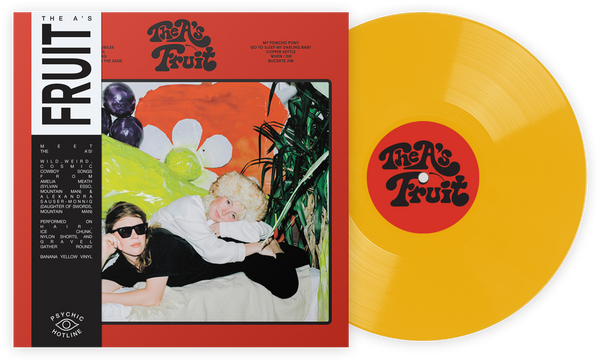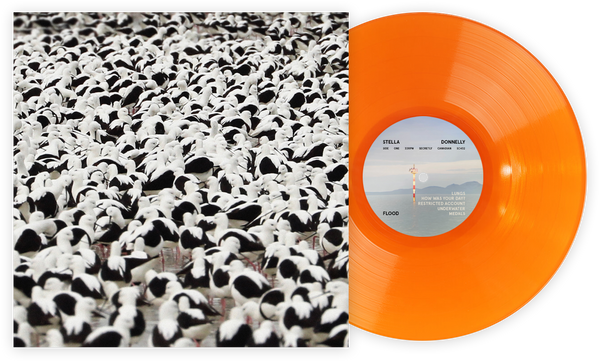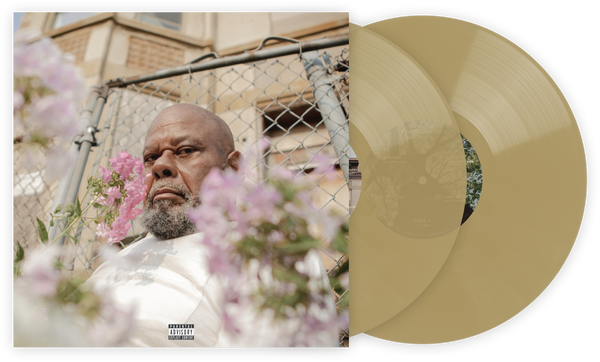Några aspekter av det moderna livet är en konstant. Uttrycket "för din bekvämlighet" kommer vanligtvis inte att relatera till något bekvämt, två föremål som kokas från frysta och vanligtvis äts tillsammans kommer inte att ha samma nödvändiga temperatur för att laga mat i en ugn, och Korn kommer att göra "goda framsteg" med nytt material. Mer specifikt för vårt lilla hörn av världen är ett observerbart fenomen när någon ber om en utrustningsrekommendation för ett givet pris. Så säkert som natten följer dagen kommer det inom de första fem inläggen att finnas en rekommendation att köpa något begagnat istället för nytt.
nDet finns naturligtvis några omedelbart igenkännbara argument för varför detta skulle ge mening. Nästan all utrustning som köps ny kommer genast att drabbas av en viss grad av värdeförlust eftersom den inte längre är ny – lådan har öppnats, förpackningen har flyttats och objektet har använts. I vissa fall kan detta leda till en betydande prisnedsättning, även om utrustningen i fråga knappt har använts. Ju äldre föremålet blir (upp till en viss punkt, som vi kommer att täcka), desto mer kommer priset att fortsätta falla. Om du kan köpa något som en gång kostade 1 000 $ för 300 $, varför skulle du göra något annat?
Before you hurtle off to eBay though, there are some things to take into account. Buying audio equipment used presents the same set of value judgements as anything else and you need to weigh these up before deciding if a used product is right for you. As with everything, these judgements are not an absolute and will vary depending on your needs and budget as well as a little bit of luck and circumstance.
We can though, start with something that is almost an absolute. If you are looking to buy a cartridge, used is a bad idea. Quite how bad will vary but it rarely tips over into being good. As we have discussed, cartridges wear out from use. It doesn’t matter how careful you are, the process is a side effect of playing records. Determining how worn a cartridge is, requires a microscope and a good understanding of what you are looking for. Cartridges themselves are not equipped with any means of logging use so any statements on wear have to be taken as an article of faith. Something that looks brand new can in fact be completely shot. In the case of moving magnet designs, this might mean a new stylus (which can be three quarters of the cost of the cartridge) but with moving coil designs, you are looking at a full rebuild or exchange.
For the rest of the components that make up a turntable though, there are some compelling arguments for used equipment. Turntables are “mature” (a polite way of saying old) technology, so the vast majority of models made in the last 40 years will work in a modern system. Just because you can buy something that knows what it was doing when Dark Side of the Moon was released doesn’t necessarily mean that you should, however. Once equipment makes it much beyond a decade, it might be better to start thinking of it as “vintage” rather than used—and like vintage cars, furniture, basically vintage anything, it may need more in the way of care and maintenance than something more modern.
Is this a problem? This will depend on the turntable you are looking to buy. Some companies make a point of being able to repair and service products decades after they made it, but this is not a given for all makes and models. If you are looking at many older designs from the ’70s and ’80s, you have to take into account that if it suffers a major failure—the motor being the main culprit—unless you buy another one to cannibalise it, you will likely have to throw it away. It goes without saying that a new turntable is rather less likely to suffer from this and has a warranty in place in the event that it does. For those of you of a handy disposition, this won’t be an issue but if you aren’t confident working on things yourself, older equipment might not be where you where you want to start looking.
For more recent used equipment though, if you are looking to buy turntable X and someone is selling a used example of that turntable, it would be foolish not to at least consider it. As with anything, the means by which it is being sold should be something to take into account. Is the advert a one-sentence Craigslist entry or a detailed listing with plenty of good quality pictures on a site like Audiogon? There is an adage that the sort of care that went into the sale of the item gives a clue to the level of esteem in which it is held, so look for someone who clearly read [our guide on selling equipment]http://www.vinylmeplease.com/magazine/a-guide-to-selling-your-turntable/) because it suggests that they looked after the turntable in the first place.
The sweet spot for where used equipment can make a lot of sense is when your budget hits $500 and up. Firstly, the choice of material for sale generally extends to include models that are a few years old with savings of between 25 to 50 percent of the list price, and slightly older examples of more expensive models for which parts are readily available (and that generally have been looked after by their previous owners). This means you are making a decent saving but also getting your hands on something where it is unlikely to be worn out. As with so many things in life, the greater the number of people around you, the more likely it is that there will be something interesting for sale nearby, but I suspect that those of you that live in the middle of nowhere knew this already.
Are these turntables consistently better than new models available for the same price? Again, this isn’t always clear cut. If the used turntable is in a good state of repair and has been well set up and is being used with suitable partnering equipment, you can find yourself the owner of a seriously good deal. However, the older a device becomes, the harder this ideal can be to achieve. I think it is only fair to point out though that we are now the best part of a decade into the resurgence in interest in vinyl as a format. This means that for the most part, used equipment is priced fairly commensurately to its actual value. Every now and again, something will slip under the radar (and equally items that are in vogue can be horrendously overpriced) but this is the exception and not the norm.
If I’ve not sounded terribly positive about buying used so far, there are some areas of the vinyl chain where some worthwhile gains can be had looking second hand. The one that really draws the attention at the time of writing (September 2017) is phono preamps. As a category, preamps don’t have some of the worries that turntables can do. They have no moving parts and if you aren’t looking at models with valves in, they can be fairly long-lived devices. If you are getting started and money is tight, you can often find one of our favorite affordable models (or its predecessor) for a useful saving. If you have a bit more to spend, some genuine bits of high end equipment can crop up at sensible money if you know where to look and act quickly.
Ultimately, used equipment is often a good option but—regardless of how adamant the people giving you recommendations might be—it isn’t a no-brainer. If your choice is between a known quantity in the form of a new device or a punt on a sketchy online add, I’d urge you to be careful. On the other hand, if you find yourself looking at exactly what you were looking for but with an extra year or two on the clock, you could do a lot worse than to check it out.
Ed is a UK based journalist and consultant in the HiFi industry. He has an unhealthy obsession with nineties electronica and is skilled at removing plastic toys from speakers.
Gå med i klubben!
Gå med nu, från 44 $Exklusiv 15% rabatt för lärare, studenter, militärmedlemmar, hälsoarbetare & första hjälpare - Bli verifierad!












